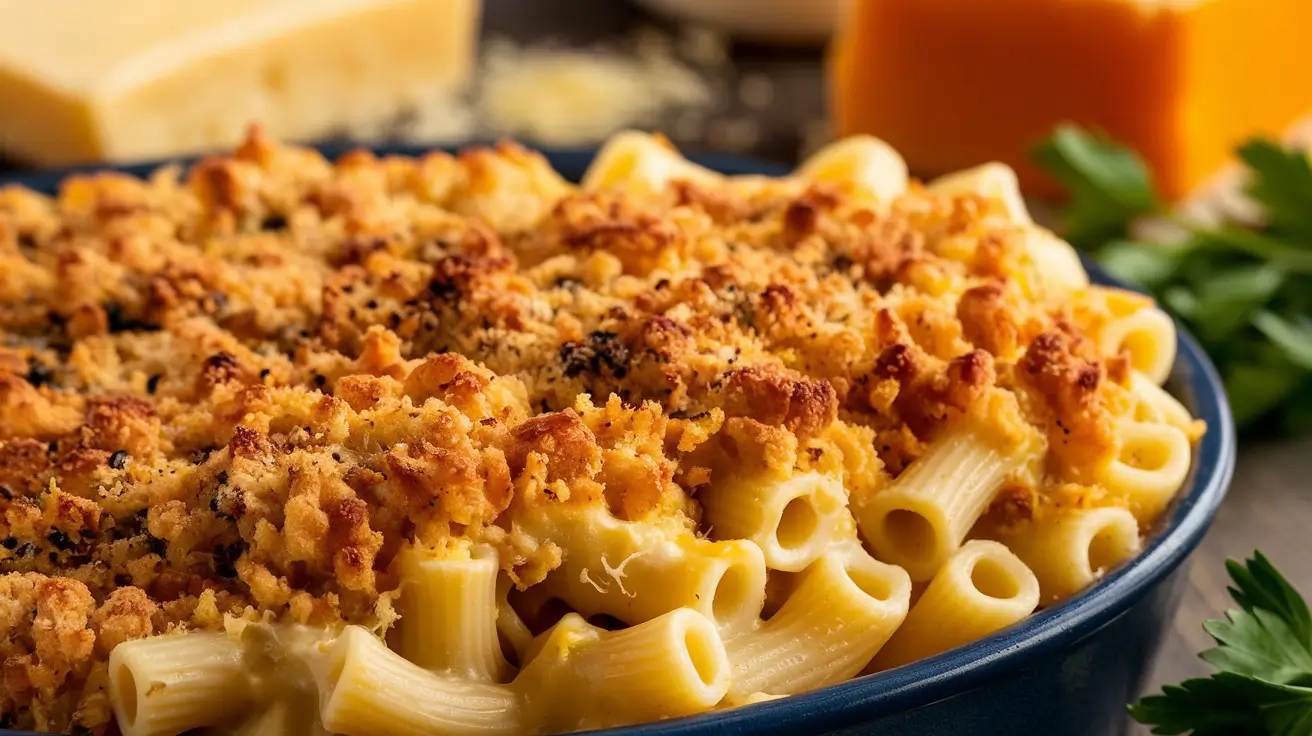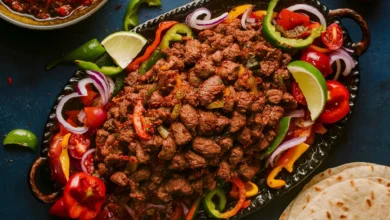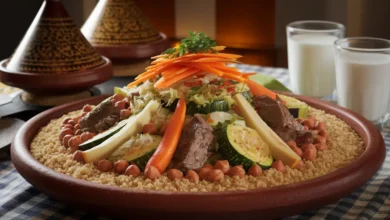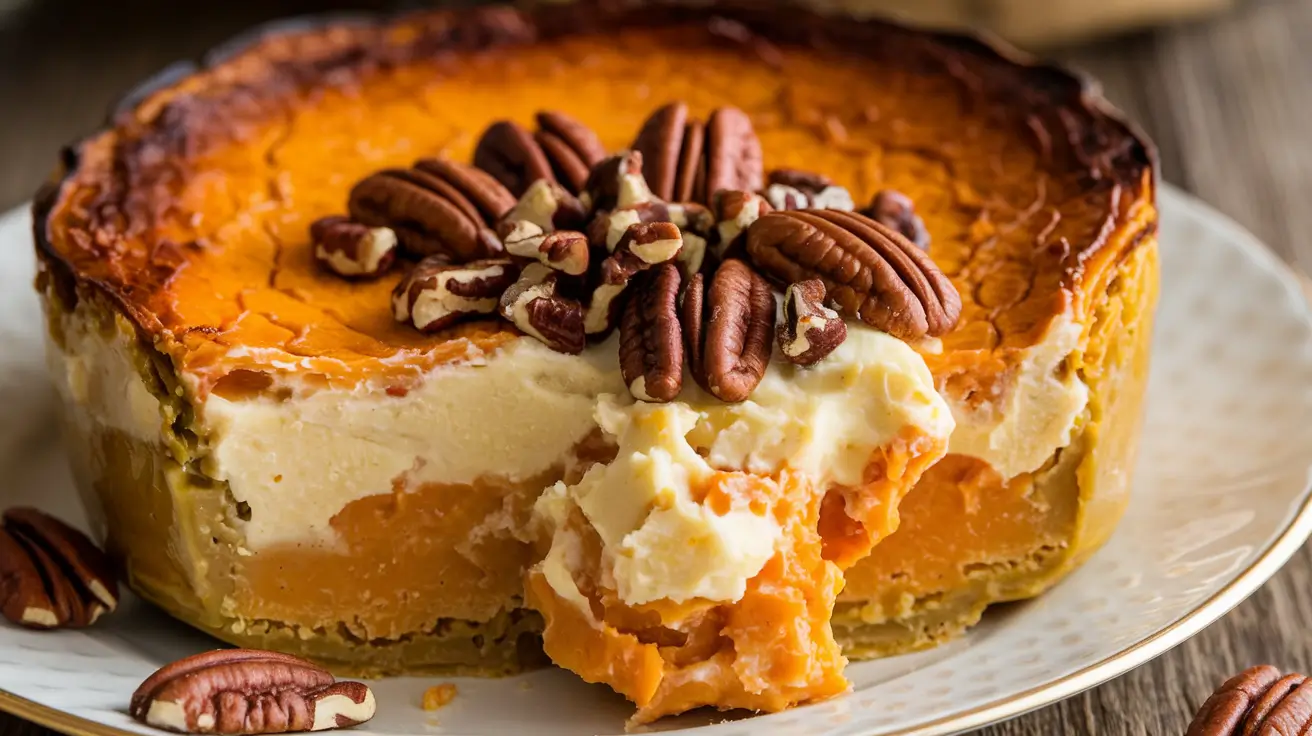The Ultimate Guide to Homemade Macaroni and Cheese: A Chef’s Secrets Revealed

Table of Contents:
- Introduction
- The History of Macaroni and Cheese
- Choosing the Right Ingredients
- Essential Equipment
- The Perfect Macaroni and Cheese Recipe
- Variations and Add-ins
- Troubleshooting Common Issues
- Nutritional Information and Dietary Considerations
- Serving and Presentation Ideas
- Storing and Reheating
- Frequently Asked Questions
- Conclusion
1. Introduction
Welcome, food enthusiasts and mac and cheese lovers! I’m Chef Alex, and I’ve spent the last 20 years perfecting the art of comfort food in both professional kitchens and my own home. Today, I’m excited to share my expertise on one of America’s most beloved dishes: homemade macaroni and cheese.
In this comprehensive guide, we’ll explore every aspect of creating the perfect mac and cheese from scratch. Whether you’re a kitchen novice or a seasoned home cook, you’ll find valuable insights to elevate your mac and cheese game. So, let’s dive in and uncover the secrets to this classic comfort food!
2. The History of Macaroni and Cheese
Before we get into the nitty-gritty of making mac and cheese, let’s take a moment to appreciate its rich history. Macaroni and cheese has been a staple in many households for centuries, with roots tracing back to 14th century Italy.
The dish as we know it today gained popularity in the United States in the late 18th century. Legend has it that Thomas Jefferson, after tasting macaroni in Paris, brought back a pasta machine to America and served the dish at a state dinner in 1802.
The first known recorded recipe for modern macaroni and cheese appeared in Elizabeth Raffald’s cookbook “The Experienced English Housekeeper” in 1769. However, it wasn’t until 1937 that Kraft Foods introduced their boxed macaroni and cheese, forever changing the landscape of quick and easy meals in America.
3. Choosing the Right Ingredients
The key to exceptional macaroni and cheese lies in the quality of your ingredients. Let’s break down the essential components:
3.1 Pasta Selection
While elbow macaroni is the traditional choice, don’t be afraid to experiment with other short pasta shapes like shells, cavatappi, or fusilli. The important factors to consider are:
- Texture: Choose pasta with ridges or curves to hold more sauce.
- Cook time: Ensure all pieces cook evenly.
- Size: Opt for a size that allows for a good balance of pasta and cheese in each bite.
Pro tip: Always cook your pasta al dente, as it will continue to cook slightly when baked in the cheese sauce.
3.2 Cheese Varieties
The cheese is the star of the show in mac and cheese. For the best flavor and texture, use a combination of cheeses. Here are some excellent options:
- Sharp Cheddar: Provides classic flavor and good melting properties.
- Gruyère: Adds depth and nuttiness.
- Fontina: Offers creaminess and mild flavor.
- Parmesan: Contributes saltiness and umami.
- Gouda: Brings smokiness and richness.
Pro tip: Always grate your cheese fresh. Pre-shredded cheese often contains anti-caking agents that can affect the texture of your sauce.
3.3 Other Key Ingredients
- Milk: Whole milk provides the best richness, but you can use 2% for a lighter version.
- Butter: Use unsalted butter to control the salt content of your dish.
- Flour: All-purpose flour works well for the roux (the base of your cheese sauce).
- Seasonings: Salt, black pepper, and a pinch of nutmeg are classic choices.
- Optional add-ins: Mustard powder, garlic powder, or paprika can enhance flavor.
4. Essential Equipment
To make the best macaroni and cheese, you’ll need:
- Large pot for boiling pasta
- Colander for draining pasta
- Heavy-bottomed saucepan for making the cheese sauce
- Whisk for smooth sauce
- Wooden spoon or silicone spatula
- Grater for cheese
- Measuring cups and spoons
- 9×13 inch baking dish (if making baked mac and cheese)
5. The Perfect Macaroni and Cheese Recipe
Now that we’ve covered the basics, let’s dive into a foolproof recipe for classic homemade macaroni and cheese.
5.1 Ingredients
- 1 pound (450g) elbow macaroni
- 1/2 cup (115g) unsalted butter
- 1/2 cup (60g) all-purpose flour
- 4 cups (950ml) whole milk
- 2 cups (200g) sharp cheddar cheese, freshly grated
- 1 cup (100g) Gruyère cheese, freshly grated
- 1/2 cup (50g) Parmesan cheese, freshly grated
- 1 teaspoon salt
- 1/4 teaspoon black pepper
- 1/8 teaspoon nutmeg
- 1/4 cup (30g) breadcrumbs (optional, for topping)
5.2 Step-by-Step Instructions
- Preheat your oven to 375°F (190°C) if making baked mac and cheese.
- Bring a large pot of salted water to a boil. Cook the macaroni according to package instructions until al dente. Drain and set aside.
- In a large, heavy-bottomed saucepan, melt the butter over medium heat. Add the flour and whisk continuously for about 1 minute to create a roux.
- Gradually add the milk, whisking constantly to prevent lumps from forming. Continue to cook and whisk until the mixture thickens and coats the back of a spoon (about 5-7 minutes).
- Remove the pan from heat and add the grated cheddar, Gruyère, and Parmesan cheeses. Stir until the cheese is fully melted and the sauce is smooth.
- Season with salt, pepper, and nutmeg. Taste and adjust seasoning if necessary.
- Add the cooked macaroni to the cheese sauce and stir gently to combine, ensuring all pasta is evenly coated.
- For stovetop mac and cheese, serve immediately. For baked mac and cheese, transfer the mixture to a greased 9×13 inch baking dish. Top with breadcrumbs if desired.
- If baking, place in the preheated oven for 25-30 minutes, or until the top is golden brown and the edges are bubbly.
- Let the baked mac and cheese rest for 5-10 minutes before serving.
6. Variations and Add-ins
One of the joys of macaroni and cheese is its versatility. Here are some delicious variations to try:
- Lobster Mac and Cheese: Add chunks of cooked lobster meat for a luxurious twist.
- Buffalo Chicken Mac and Cheese: Mix in shredded chicken tossed with buffalo sauce.
- Bacon and Jalapeño Mac and Cheese: Add crispy bacon bits and diced jalapeños for a spicy kick.
- Truffle Mac and Cheese: Drizzle with truffle oil and mix in sautéed mushrooms.
- Greek-inspired Mac and Cheese: Include feta cheese, sun-dried tomatoes, and spinach.
- Veggie-loaded Mac and Cheese: Mix in roasted broccoli, cauliflower, and carrots.
- Pulled Pork Mac and Cheese: Top with BBQ pulled pork for a hearty meal.
Remember, when adding extra ingredients, you may need to adjust the amount of cheese sauce to maintain the perfect creamy consistency.
7. Troubleshooting Common Issues
Even experienced chefs can run into problems when making mac and cheese. Here are solutions to common issues:
- Grainy sauce: This usually happens when the cheese is added to the sauce at too high a temperature. To fix, remove from heat and whisk in a splash of milk or cream.
- Too thick: Simply whisk in additional warm milk until desired consistency is reached.
- Too thin: Cook the sauce a bit longer to reduce, or add a bit more cheese.
- Bland flavor: Boost flavor with additional salt, a dash of hot sauce, or a sprinkle of your favorite herbs.
- Dry baked mac and cheese: Add a bit more milk or cream before baking, and don’t overbake.
8. Nutritional Information and Dietary Considerations
While macaroni and cheese is undeniably delicious, it’s typically high in calories, fat, and carbohydrates. Here’s a rough nutritional breakdown for a standard serving (about 1 cup):
- Calories: 400-500
- Fat: 20-25g
- Carbohydrates: 40-50g
- Protein: 15-20g
For those with dietary restrictions, consider these alternatives:
- Gluten-free: Use gluten-free pasta and replace flour with cornstarch or a gluten-free flour blend.
- Vegan: Use plant-based milk and vegan cheese alternatives.
- Low-fat: Use low-fat milk and reduce the amount of cheese, supplementing with pureed vegetables for creaminess.
- Keto: Replace pasta with cauliflower florets and use a mixture of heavy cream and almond milk instead of regular milk.
9. Serving and Presentation Ideas
Elevate your mac and cheese with these serving suggestions:
- Individual ramekins: Bake in single-serving dishes for an elegant presentation.
- Bread bowl: Serve in a hollowed-out sourdough bread bowl.
- Mac and cheese bar: Set up a buffet with various toppings and mix-ins.
- Fried mac and cheese balls: Form cooled mac and cheese into balls, bread, and fry for a decadent appetizer.
- Garnishes: Top with fresh herbs, crispy onions, or a drizzle of truffle oil.
10. Storing and Reheating
Proper storage and reheating are crucial for maintaining the quality of your mac and cheese:
- Storage: Cool completely and store in an airtight container in the refrigerator for up to 3-4 days.
- Freezing: Can be frozen for up to 2 months. Thaw in the refrigerator before reheating.
- Reheating:
- Oven method: Cover with foil and bake at 350°F (175°C) for 20-30 minutes.
- Stovetop method: Reheat in a saucepan over low heat, adding a splash of milk to restore creaminess.
- Microwave: Heat in short intervals, stirring between each, and add a little milk if needed.
11. Frequently Asked Questions
Q1: Can I make mac and cheese ahead of time?
A: Yes! Prepare the dish up to the point of baking, cover, and refrigerate for up to 2 days. When ready to serve, let it come to room temperature and then bake as directed.
Q2: Why is my sauce splitting or curdling?
A: This can happen if the sauce gets too hot. Always remove the pan from heat before adding cheese and stir until just melted.
Q3: Can I use non-dairy milk?
A: Absolutely! Unsweetened almond, soy, or oat milk can work well. The flavor will be slightly different, but still delicious.
Q4: How can I make my mac and cheese healthier?
A: Try using whole grain pasta, adding vegetables, and using stronger-flavored cheeses so you can use less overall.
Q5: What’s the best way to reheat leftover mac and cheese?
A: For best results, reheat in the oven at 350°F (175°C) with a splash of milk mixed in, covered with foil.
12. Conclusion
Congratulations! You’re now equipped with all the knowledge you need to create the perfect homemade macaroni and cheese. From understanding its rich history to mastering the techniques for a silky smooth cheese sauce, you’re ready to impress family and friends with your culinary skills.
Remember, the beauty of mac and cheese lies in its versatility. Don’t be afraid to experiment with different cheeses, add-ins, and cooking methods to find your perfect combination. Whether you prefer a classic stovetop version or a crispy-topped baked dish, the possibilities are endless.
So, fire up that stove, grate that cheese, and get ready to indulge in the ultimate comfort food. Your journey to mac and cheese perfection starts now. Happy cooking!




